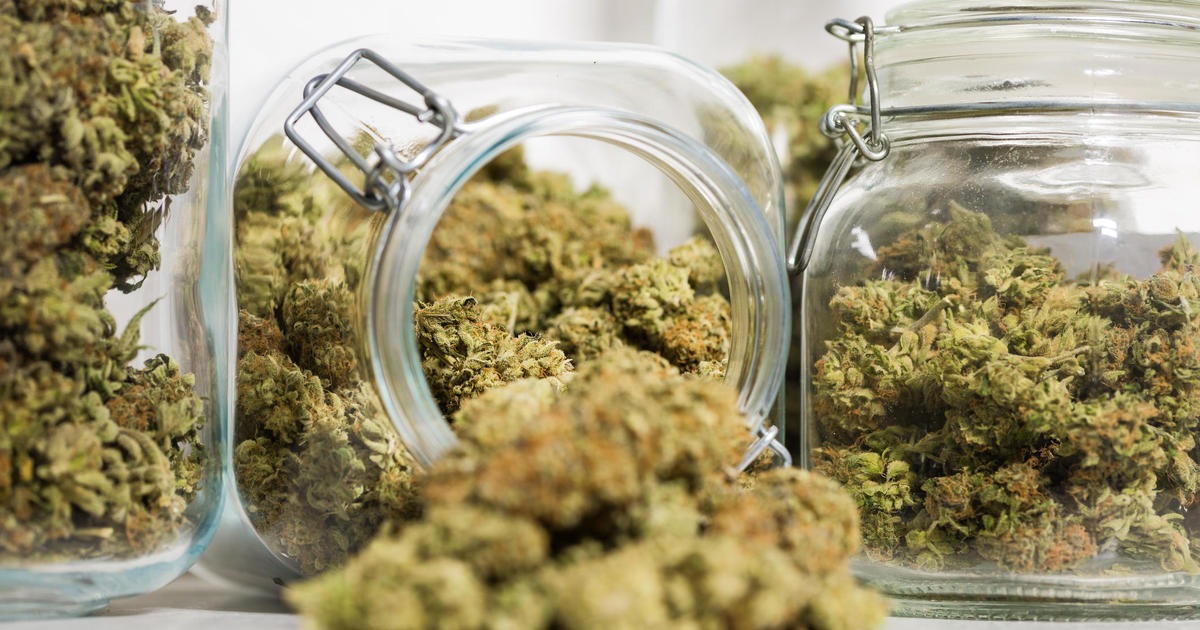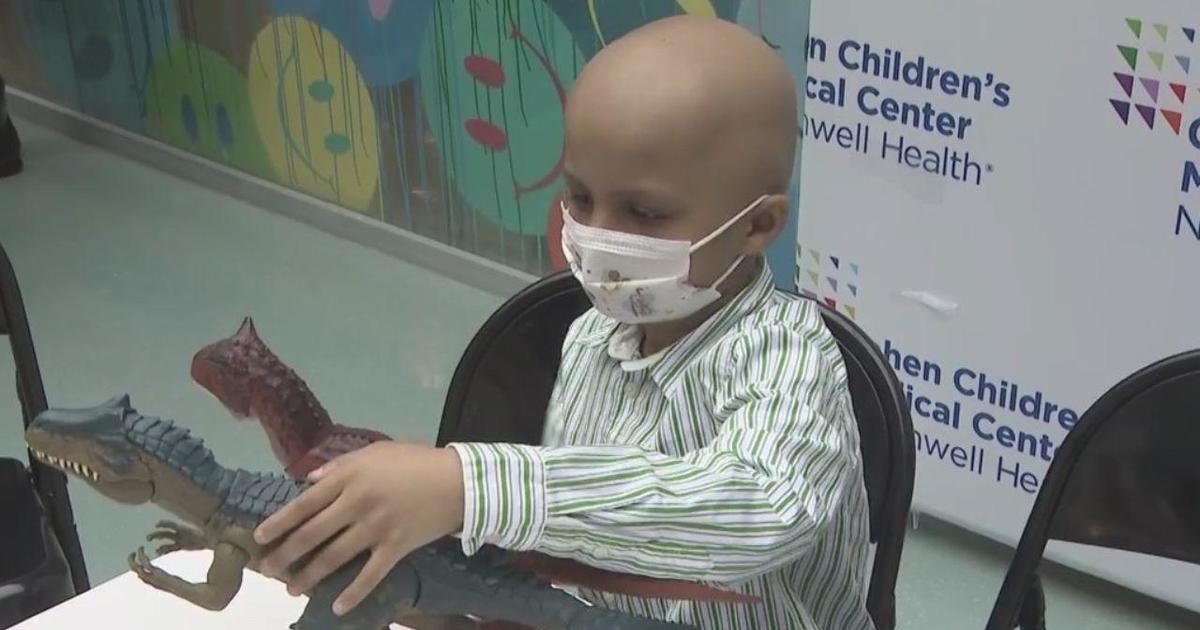Strong Sneeze Can Spread Flu Germs Farther Than Previously Thought, Experts Say
NEW YORK (CBSNewYork) -- Flu season is widespread in every state except Hawaii, and the Centers for Disease Control says the overall hospitalization rate is also high.
One of the common ways the flu is spread is by coughing, sneezing, and hand to hand contact. Frequent hand-washing or use of alcohol sanitizer can reduce the latter route of transmission, but just how far can a solid sneeze travel, and where do those virus-laden droplets go?
As CBS2's Dr. Max Gomez reported, researchers at the Massachusetts Institute of Technology have answered those questions with the help of some pretty yucky videos.
It's certainly that time of year when sneezes probably don't spell allergies. As video from the Florida Health Department shows, colds and flu are easily spread in close contact by hand to hand contact.
But what about longer distances?
That takes a sneeze, which most people or even doctors say might travel a few feet. As Professor Lydia Bourouiba from the engineering school at MIT explains, sneezes are like flu rockets.
"It's about how pathogens of one individual become the pathogens of another person," she said.
In other words, how a flu victim can spread his or her germs. Bourouiba used a super high-speed camera that shoots a million frames per second to record what a sneeze cloud looks like. Not only did she find that some germ droplets from a vigorous sneeze flew nearly 30 feet, her team also tracked the path of different sized droplets.
"Sneezes are interesting, multi-phase turbulent clouds complex with gas and drops and solid residues," Bourouiba said.
Some tiny droplets actually float upwards in air currents, which means they can be taken up and spread by ventilation systems. It also means that a good sneeze can spread germs all around you as a computer model from the Federal Aviation Administration demonstrated how germs could circulate in an airplane cabin.
So how should you keep from spreading germs when you sneeze? Aiming into your hands is bad news for the next person you touch. Doing so into your elbow is better, but some germs still manage to escape.
Believe it or not, sneezing into a strong tissue blocks the most droplets. You still have to throw it away and then wash or disinfect your hands to kill any breakthrough germs. You could also use something some gentlemen carry -- a handkerchief -- but then you have to do something with it so you don't contaminate other surfaces.
Better yet, just wash it after a sneeze.



